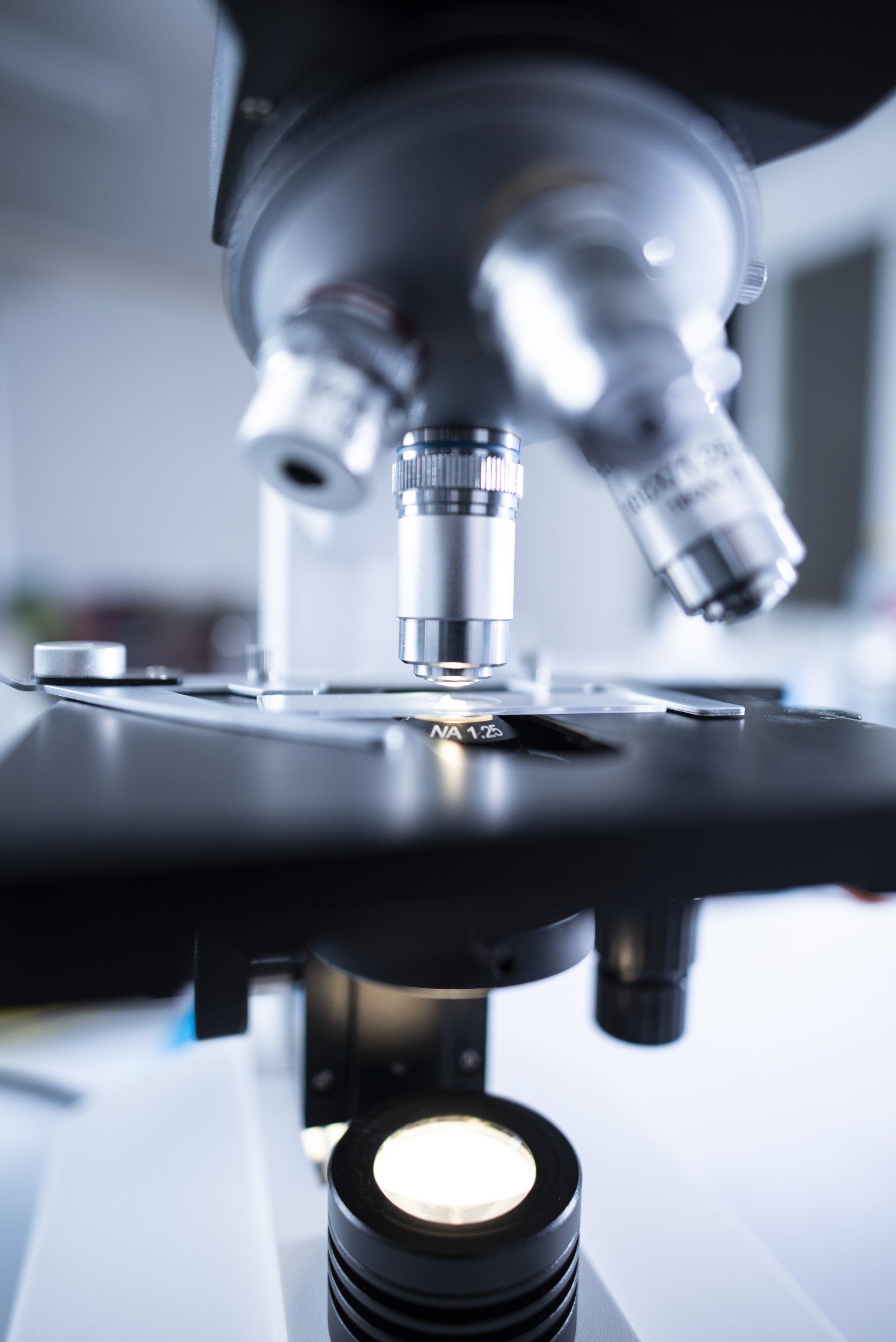Crime Scene Investigations
WHAT IS A CRIME SCENE
Crime Scene Can Be Defined As Any Place Or Location Where A Crime Has Been Committed.
- A crime scene is any building; any person who may be a victim, suspect or witness; any form of transportation and any area of land or body of water.
- Each incident under investigation will normally have a minimum of at least two crime scenes
- Based on the Locard exchange principle “every contact leaves a trace” evidence can be transferred between victim and suspect, victim and crime scene, and suspect and crime scene.
- Crime scenes can be primary or secondary;
- The primary scene is the exact location where the crime has been committed while the secondary crime scene is the location or space that is directly related to a crime

WHAT IS CRIME SCENE MANAGEMENT
Crime scene management is the accountability for and supervision of evidence at a scene
- The application of techniques used for the recovery and collection of that evidence.
- Crime scene management requires a senior investigator to coordinate major crime scenes, a junior investigator to coordinate minor scenes.
- Once a crime is committed a crime scene manager is appointed to manage the proceedings and must be knowledgeable in both forensic investigation and crime scene investigation.
- The coordination and control of the criminal investigation and the forensic investigation are very important stages in the criminal investigation process.
- In investigations we either have individuals or evidentiary items.
- A crime scene investigation team consists of police officers, first responding officers, detectives, crime scene investigators, medical examiners, and specialists or forensic experts

WHO IS A CRIME SCENE MANAGER?
- A crime scene manager is a term given to a senior crime scene investigator who manages the entire crime scene and the plans necessary for the successful processing of the scene.
- He or she also leads a team of crime scene investigators (CSI) and specialist forensic investigators who will conduct or carry out the roles necessary to effectively conduct the scene investigation and helps with the management of the crime scene and criminal investigations.
- The crime scene manager’s team must be well trained, competent, and highly skilled.
CRIME SCENE PROCESSING PROTOCOL
Methods and procedures developed to process crime scenes.
- Each crime scene is different and may require a different approach to processing.
- There is a basic crime scene protocol that should be adhered to in all crime scenes.
- The crime scene manager’s team must be well trained, competent, and highly skilled.
These basic functions or tasks are as follows:

Interview

Examination

Photography and Videography

Sketching and 3D Scanning

Processing
INTERVIEW
The interview with the first responding officer (FRO) is the first process of the crime scene processing protocol.
- The crime scene manager will effect the crime scene protocol.
- That protocol should be used at all crime scenes no matter the size of the scene.
- Applying the crime scene protocol will assist the crime scene manager to control the scene and effectively delegate duties to the CSI team.
- There are different types of crime scenes e.g., house breaking, burglary, and homicide, which can contain multiple scenes.
EXAMINATION
- Examining the crime scene is the second step in the protocol. The scene is examined to ascertain whether the "theory" of the case is substantiated by what the crime scene technician observes.
EXAMINING THE SCENE TO
- Identify possible items of evidentiary value,
- Identify point of entry and point of exit, and
- Get the general layout of the crime scene
PHOTOGRAPHY
- Photographing the crime scene is the third step in the protocol. Crime scene photography records a pictorial view of what the scene looks like before and after processing. It also records items of possible evidence.
- Crime scene photographs are generally taken in three categories, overall views, mid-range and close-up.
SKETCHING
- Sketching the crime scene is the fourth step in the protocol. A rough sketch is completed by the crime scene technician to demonstrate the layout of the crime scene or to identify the exact position of the deceased victim or evidence within the crime scene.
- A crime scene sketch may not be completed on every case, however some form of sketching usually occurs in most cases, i.e., on a fingerprint lift card to identify exactly where the latent was recovered.
PROCESSING
The last step in the protocol is to process the crime scene.
- The crime scene technician will process the crime scene to recover items of evidentiary value.
- It is the crime scene technician's responsibility to identify, evaluate, collect, and preserve physical evidence from the crime scene for further analysis by a forensic laboratory.


